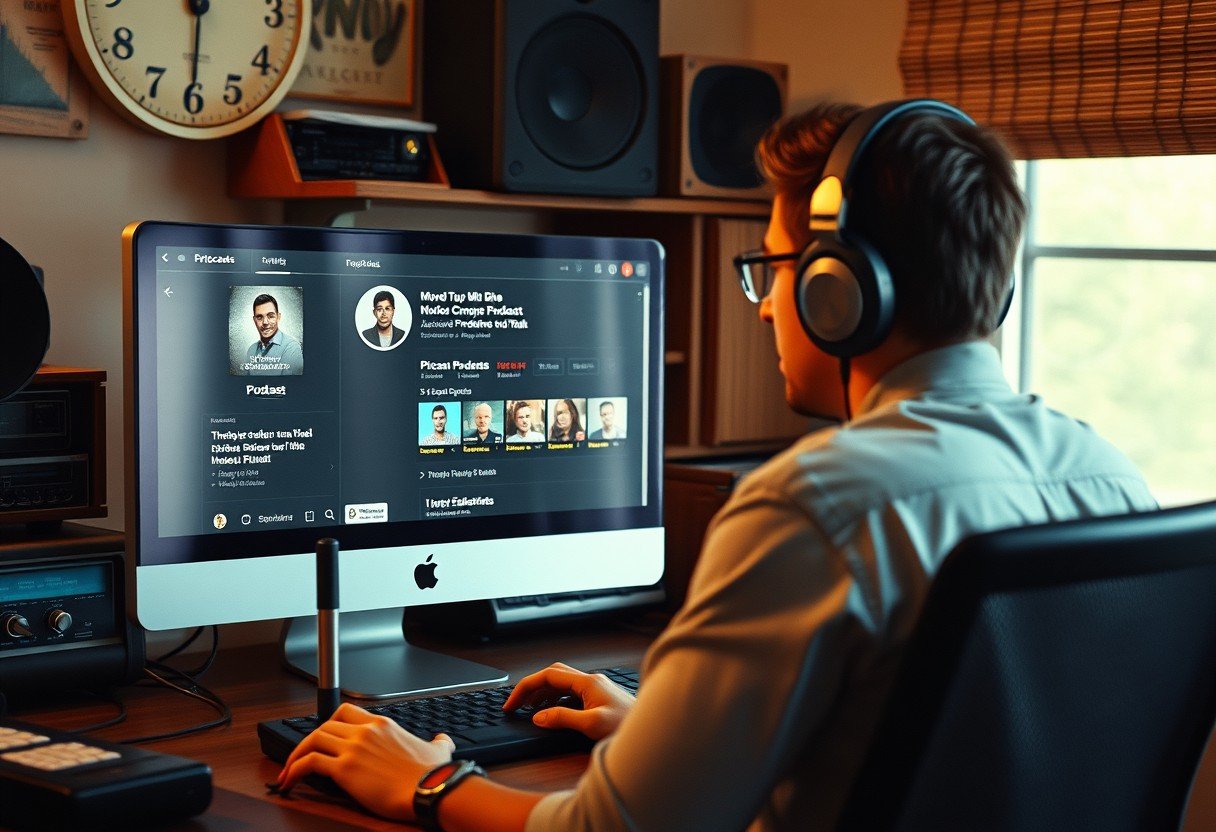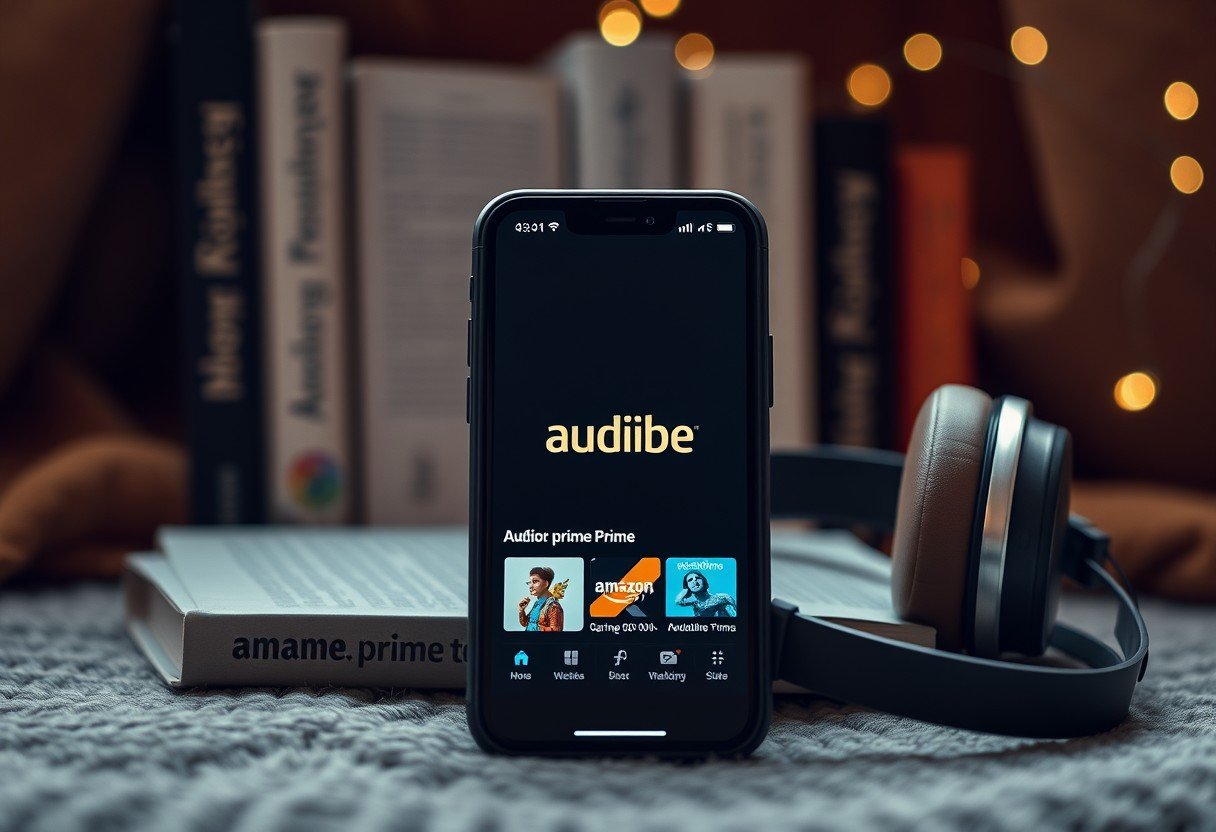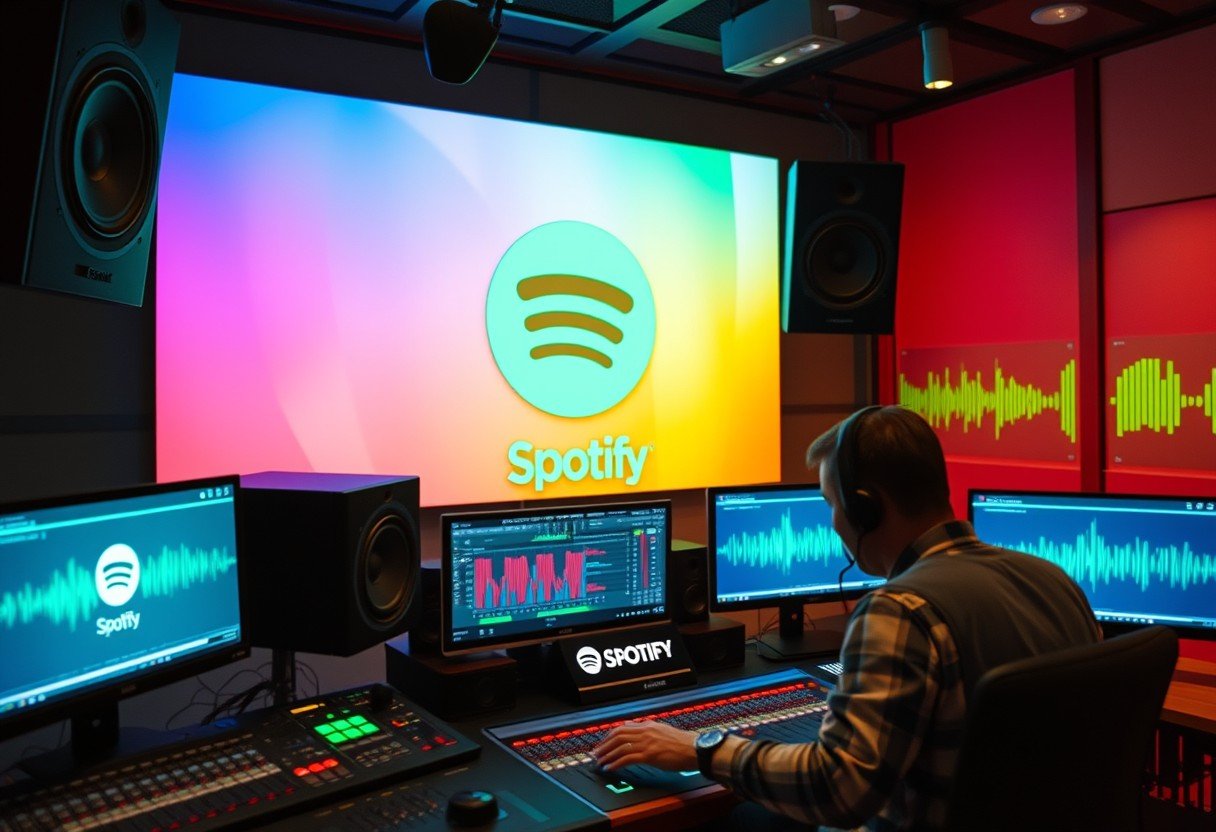Have you ever opened your favorite podcast app, ready to start a new show, only to find the episodes listed from the latest to the very first one? This reverse order is a common practice designed to give you instant access to the most current content. It prioritizes recency, ensuring you hear the latest news, discussions, and stories without having to scroll through a long backlog. This article explains why this format is so popular and how it benefits your listening experience.
The Main Reason: Prioritizing Fresh and Relevant Content
The primary reason podcasts are often listed in reverse chronological order is to keep you up-to-date. For many shows, especially those covering news, current events, or pop culture, the most recent episode is the most relevant one. Listeners typically want to know what’s happening now, not what was discussed three years ago.
This approach saves you time and effort. Imagine having to scroll through hundreds of episodes of a daily news podcast just to find today’s briefing. By placing the newest episode at the top, platforms make it easy for you to stay current with just one tap.
This “newest first” model aligns with how we consume most digital media today, from social media feeds to news websites. We are conditioned to look for the latest information, and podcast platforms have designed their user interfaces to meet this expectation, boosting listener engagement and satisfaction.
How Platform Design Influences Your Listening
Podcast apps and streaming services like Spotify, Apple Podcasts, and Google Podcasts play a huge role in how you see and play episodes. Their algorithms and default settings are built to highlight new content to keep their platforms feeling fresh and active.
These platforms know that listener retention is key. If you open an app and immediately see a new episode from a show you follow, you are more likely to listen and keep coming back. It creates a habit and fosters a stronger connection between you and the podcaster.
The user interface is intentionally simple. Showing the latest episode first removes a barrier for new listeners who might be overwhelmed by a massive back catalog. It encourages them to jump right in with the most recent conversation.
The Impact on Listener Engagement and Retention
Presenting episodes from newest to oldest directly impacts how engaged you are with a podcast. When you can easily access timely content, you feel more connected to the show’s ongoing conversation and community.
This structure is particularly effective for certain types of podcasts.
- Topical Shows: Podcasts that discuss weekly news, technology updates, or industry trends benefit greatly, as older episodes quickly become outdated.
- Interview-Based Shows: While older interviews can still be valuable, listeners are often more interested in hearing from the latest guests.
- Habit-Forming Content: Daily or weekly shows rely on this format to seamlessly integrate into your routine.
Ultimately, this strategy helps podcasters build a loyal audience. By consistently delivering fresh content to the top of your feed, they increase the chances that you will listen regularly and not abandon the series. This boosts their download numbers and helps them grow their show.
Does Reverse Order Work for Storytelling Podcasts?
While the “newest first” model is great for many formats, it can be confusing for narrative or serialized podcasts. For shows that tell a story over multiple episodes, listening in reverse order would be like reading the last chapter of a book first. It simply doesn’t make sense and can spoil the entire experience.
For these types of shows, the listening experience is paramount. Podcasters who create serialized content often advise new listeners to start from episode one to follow the plot correctly. Luckily, most apps allow you to change the sort order to accommodate this.
Here is a simple breakdown of which format works best for different podcast types.
| Podcast Type | Best Listening Order | Reasoning |
| News and Current Events | Newest to Oldest | Content is time-sensitive and older episodes lose relevance quickly. |
| Serialized Fiction or True Crime | Oldest to Newest | The narrative builds over time and must be heard in order. |
| Episodic (Standalone Topics) | Either Order | Each episode can be enjoyed on its own without prior context. |
How to Change the Playback Order in Your App
Feeling frustrated by the default reverse order, especially when starting a story-driven podcast? The good news is that you are in control. Almost every modern podcast app allows you to easily change the sorting order for any show.
While the exact steps may vary slightly between apps, the process is generally very similar. You need to navigate to the main page of the podcast you want to listen to and look for a sorting or settings icon. This is often represented by a set of lines, an arrow, or a “Sort” button.
Once you find it, you can typically switch between “Newest to Oldest” and “Oldest to Newest”. After changing the setting for a specific show, the app will remember your preference, so you only have to do it once. This simple fix ensures you can enjoy every podcast exactly the way you want, whether you’re catching up on the latest news or diving into a story from the very beginning.
Frequently Asked Questions about Podcast Playback Order
Why are my podcasts playing backwards?
Your podcasts are likely not playing backwards, but the episode list is sorted in reverse chronological order. This is a default setting in many apps to show you the most recent content first, making it easier to stay up-to-date with your favorite shows.
Is it better to listen to podcasts from the beginning?
It depends on the podcast’s format. For serialized shows with a continuing story, like true crime or audio dramas, you should always start from the beginning. For topical or interview-based shows, you can usually jump in at any episode without missing crucial context.
How do I fix the order of my podcast episodes?
You can fix the order by going to the podcast’s main page in your app and looking for a sort option. This is usually an icon or a button that lets you toggle the display order between “Newest First” and “Oldest First” to suit your listening preference.
Do all podcasts follow the reverse order format?
While the reverse order display is a common platform default, it is not a rule set by podcasters. Some creators of narrative shows may specifically instruct listeners to start with episode one. The choice of how to listen is ultimately up to you, and apps provide the tools to change it.
Can reverse order spoil a podcast for me?
Yes, for podcasts that rely on storytelling, suspense, or a building narrative, seeing the latest episode titles or descriptions first can reveal major spoilers. If you’re starting a new serialized show, it’s best to change the sort order to “Oldest First” before you begin listening.








Leave a Comment